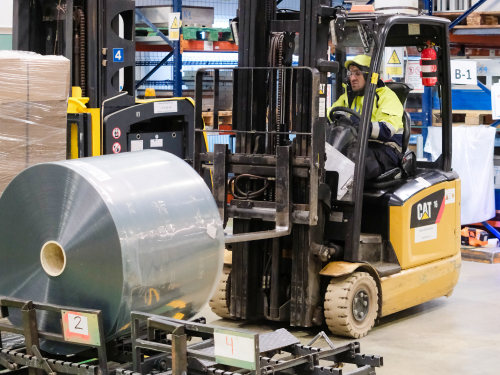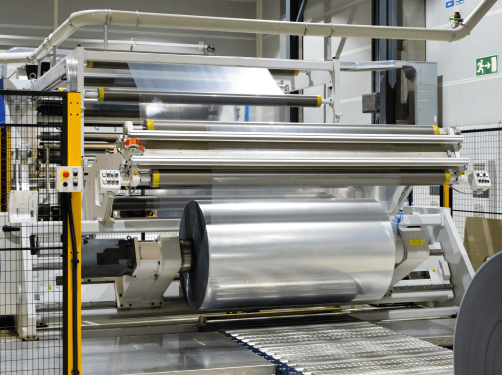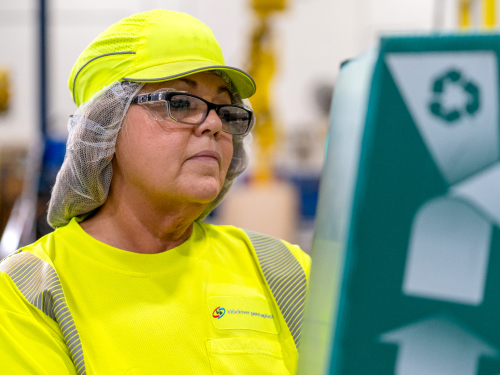Work Smarter
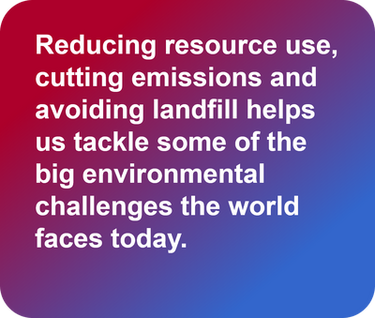
Working smarter is about operational excellence in energy management, reducing greenhouse gas (GHG) emissions and sending zero waste to landfill.
Customers and society are demanding energy efficiency wherever possible, and in a year where our demands have been stable, we have used less energy to make our products. This has been particularly crucial in light of recent security of supply issues and attendant high costs.
Customers and society are demanding energy efficiency wherever possible, and in a year where our demands have been stable, we have used less energy to make our products. This has been particularly crucial in light of recent security of supply issues and attendant high costs.
Highlights in 2023
Zero waste to landfill
Except in certain circumstances where zero landfill is not permitted through local restrictions or legislation.
19%
Overall energy use has fallen 19% since 2019.4
Four sites have on-site solar systems.47%
47% reduction in operational greenhouse gas emissions since 2019.Target I: Improve energy efficiency
By 2025, we will increase energy efficiency by 17% against a 2019 baseline.
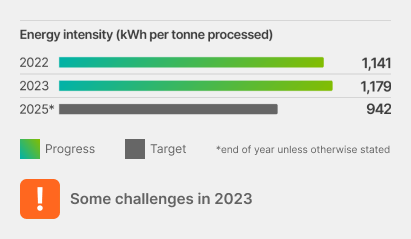
Highlights in 2023
The substantial changes in demand and production volumes tested our operational agility, introducing unprecedented complexity. Consequently, our energy efficiency declined, but our teams developed numerous innovations to mitigate the impact.Future outlook
With a robust foundation and a skilled team, we are well-equipped to handle our energy efficiency efforts and will persist in pushing these initiatives forward specifically as production volumes return to growth.
Target II: Reduce carbon emissions
By 2025, we will reduce Scope 1 and 2 emissions by 50%, and by 2029, Scope 3 emissions by 20% per tonne of raw materials, against a 2019 baseline.
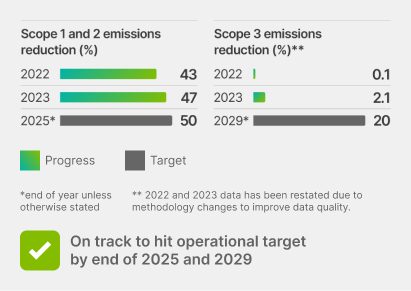
Highlights in 2023
We are progressing well in reducing our Scope 1 and 2 emissions and have engaged with our supply chain with the aim of reducing our Scope 3 emissions.Future outlook
We will continue to invest in renewable energy sources to further reduce our Scope 1 and 2 emissions and we will continue to decarbonise the value chain through our supplier engagement programme.
Target III: Stop sending waste to landfill
By 2022, we will send zero waste to landfill or incineration without energy recovery.**
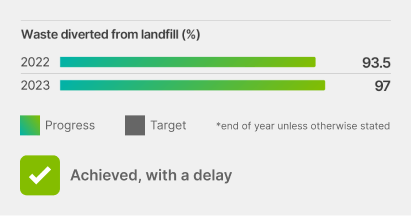
Highlights in 2023
We’ve made significant progress and have now achieved zero waste to landfill in our sites, where legally possible.Future outlook
We will work hard to protect and build on this achievement, and to reduce the total amount of waste produced in our operations, which we are looking at reducing by a further 5% by the end of 2024.









